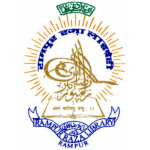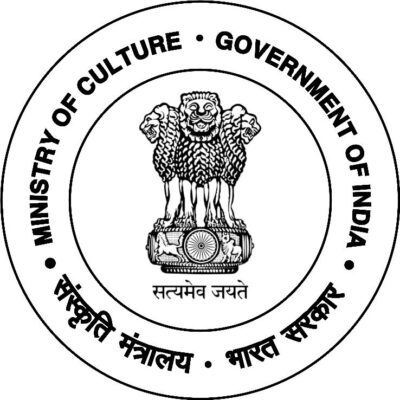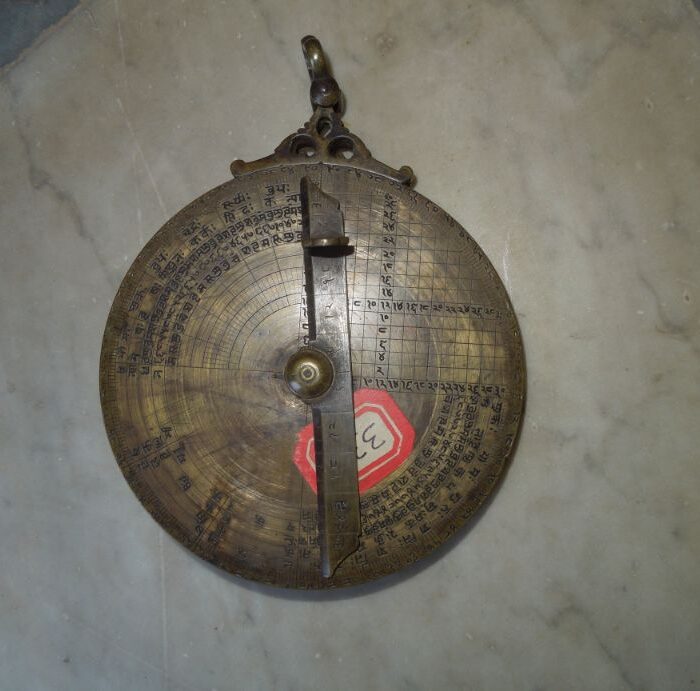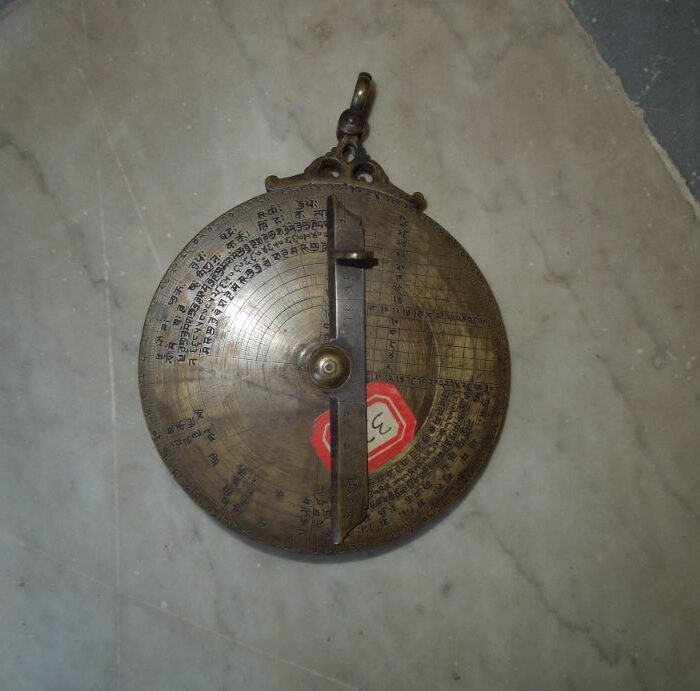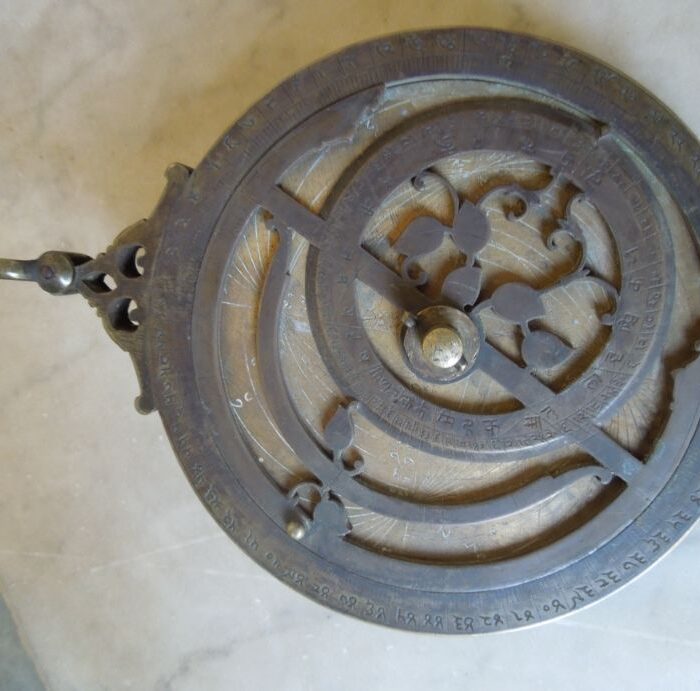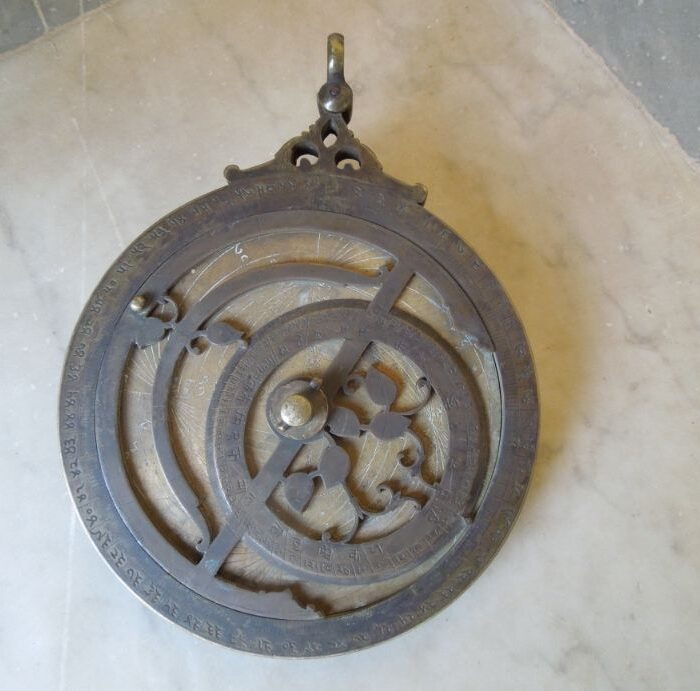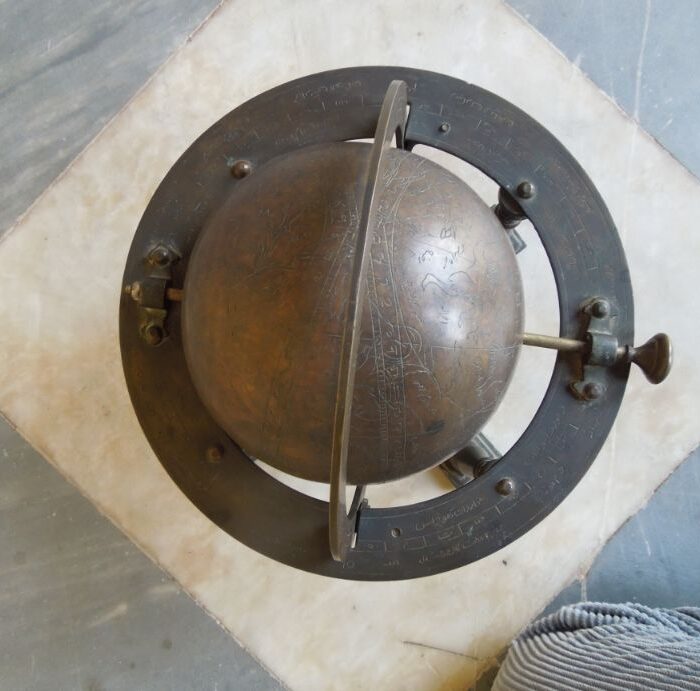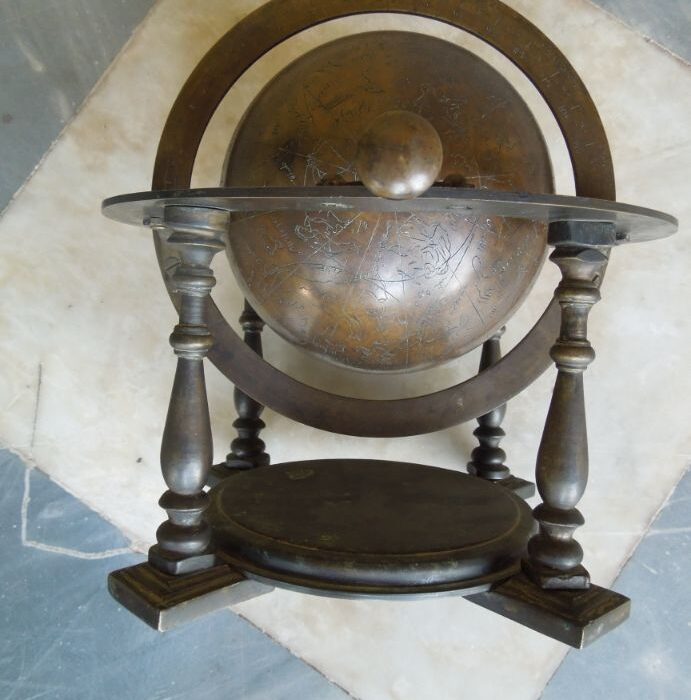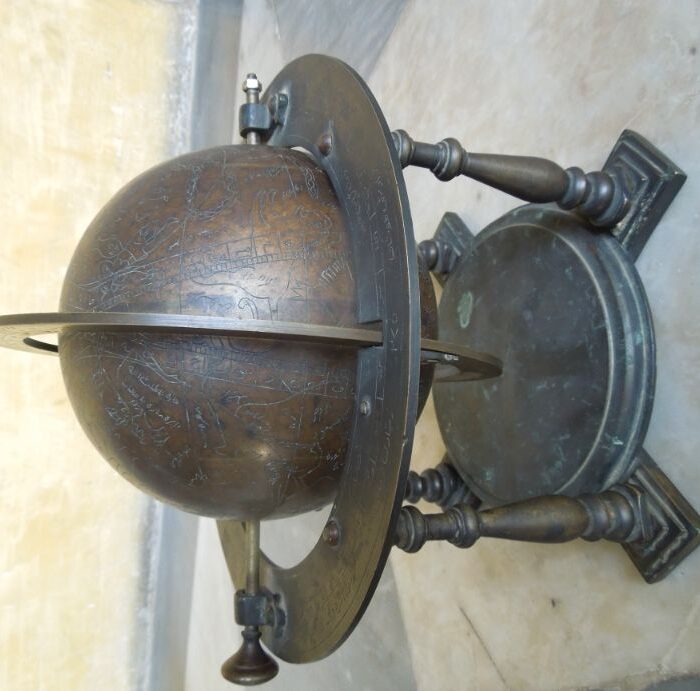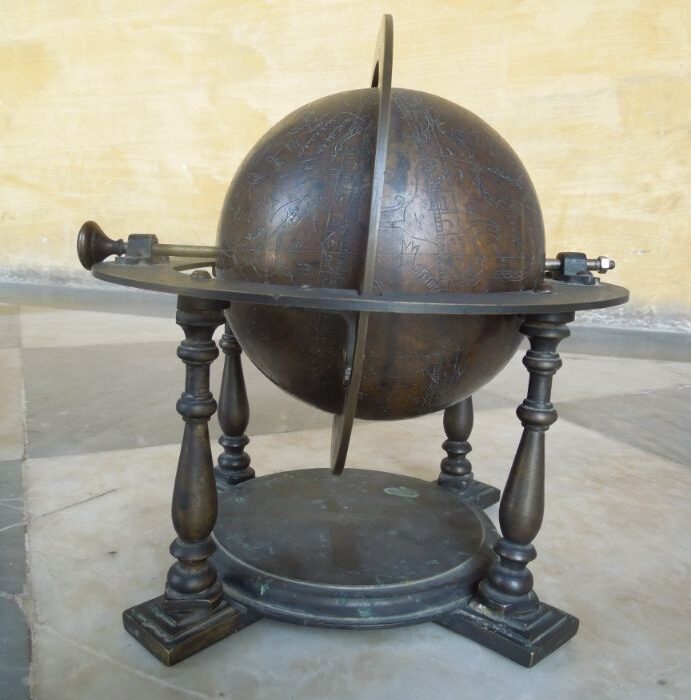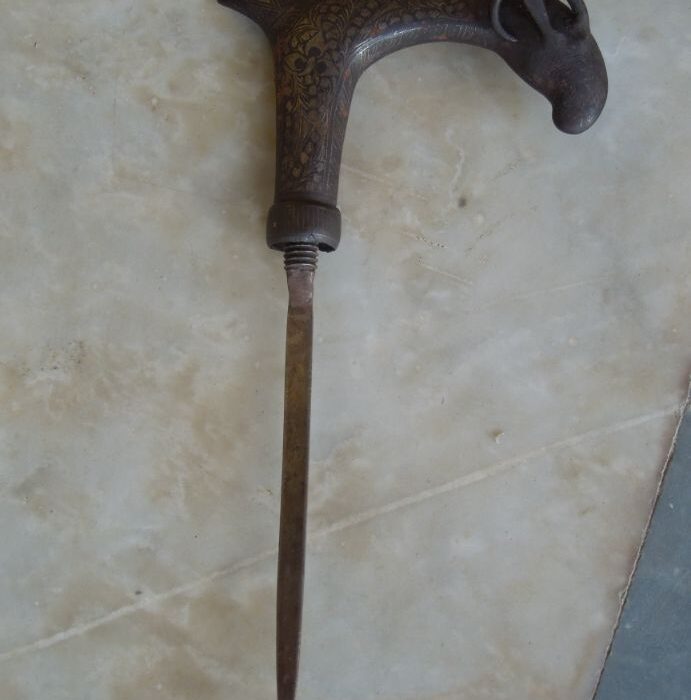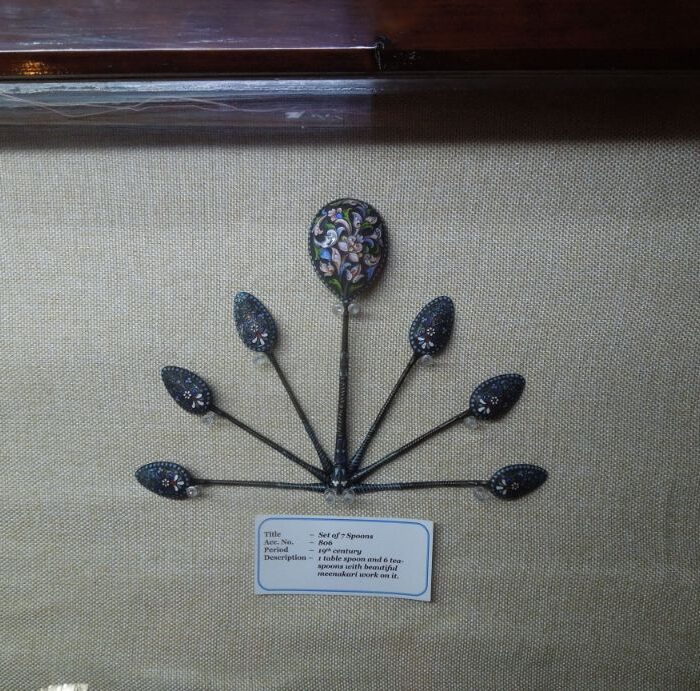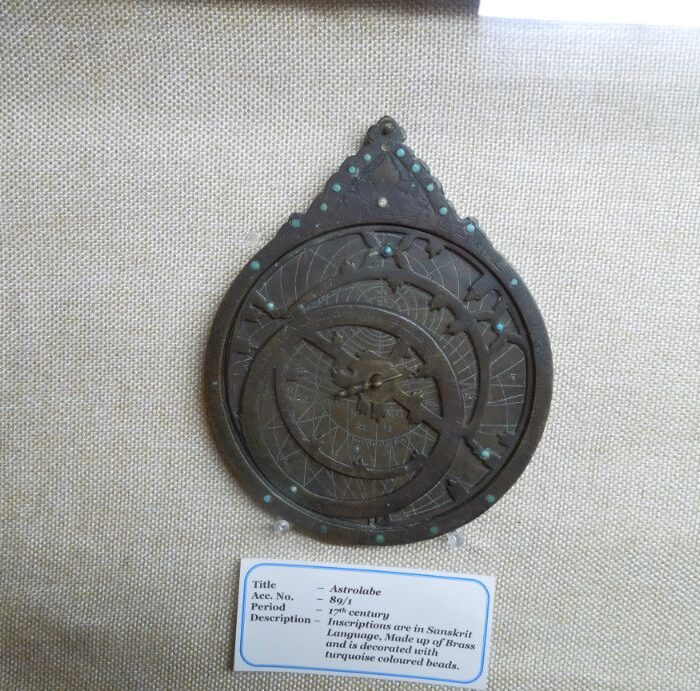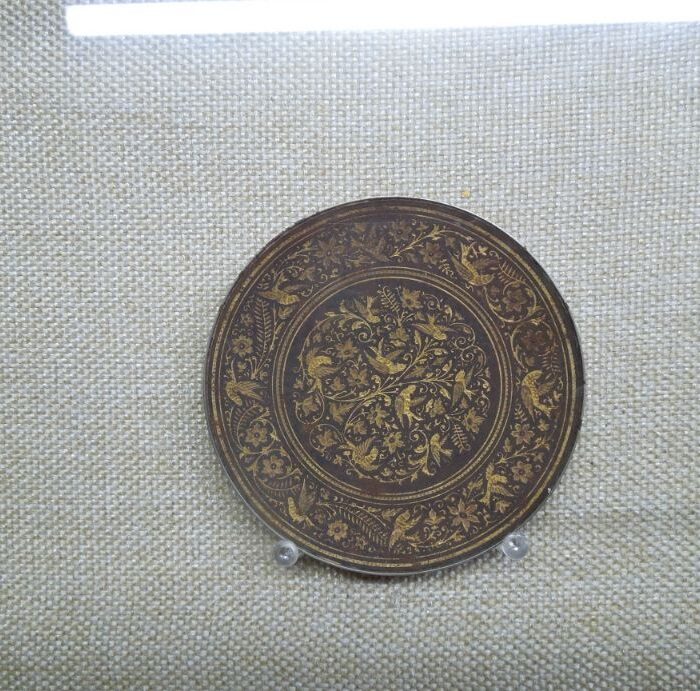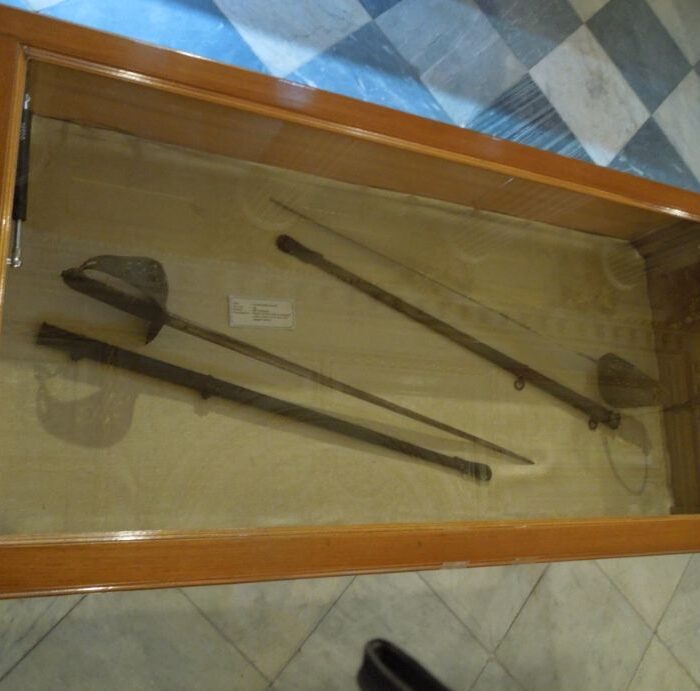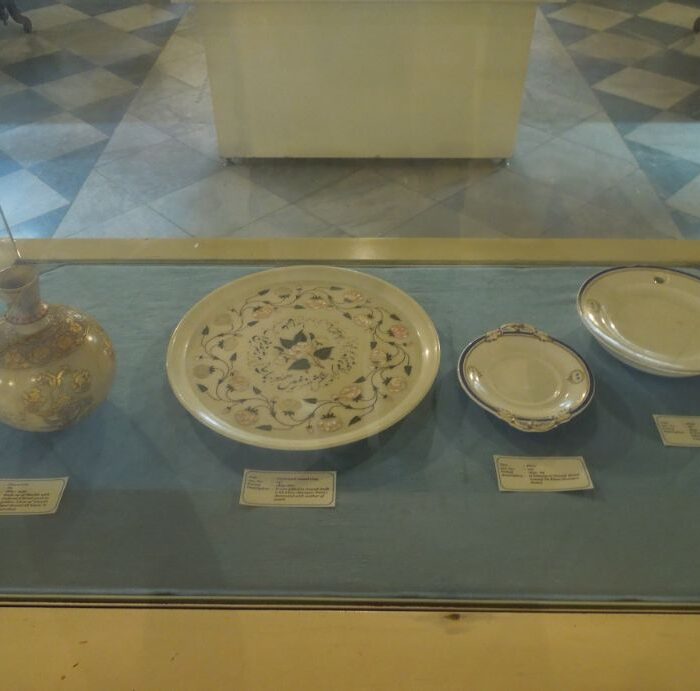Scientific instruments from the pre-modern era offer valuable insights into the history of science and technology, much like literary documents. These instruments often hold artistic value as well. A significant collection of indian astronomical and time-measuring instruments, based on pre-islamic or islamic prototypes, exists in museums and private collections worldwide. These artifacts, like manuscripts, paintings, sculptures, and jewelry, represent a crucial part of our cultural and intellectual heritage.
The rampur raza library houses a notable collection of unique and rare astronomical instruments. This collection includes:
- Three Standard Astrolabes
- One Mariner's Astrolabe
- Four Celestial Globes
- One Sine Quadrant
- One Perpetual Calendar Combined With a Horary Quadrant
- One Horary Quadrant Combined With a Nocturnal
Seven of these instruments are of indian origin, two are from the middle east, and two are european. They span the 13th, 15th, 16th, 17th, and 19th centuries and bear inscriptions in arabic, persian, sanskrit and english.
Among the collection’s highlights is a celestial globe crafted by muhammad ibn jafar in 834 A.H.(1430-31 A.D.) in kirman, iran. An unsigned and undated mariner’s astrolabe is also of particular interest. Another notable astrolabe was designed by ziauddin muhammad of lahore in 1074 A.H.(1663-64 A.D.)
The library has published a catalog of these instruments titled “Astronomical instruments in the rampur raza library.“
